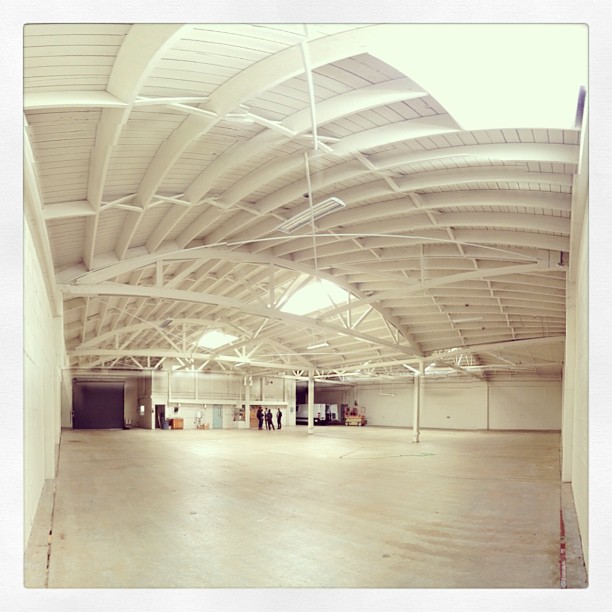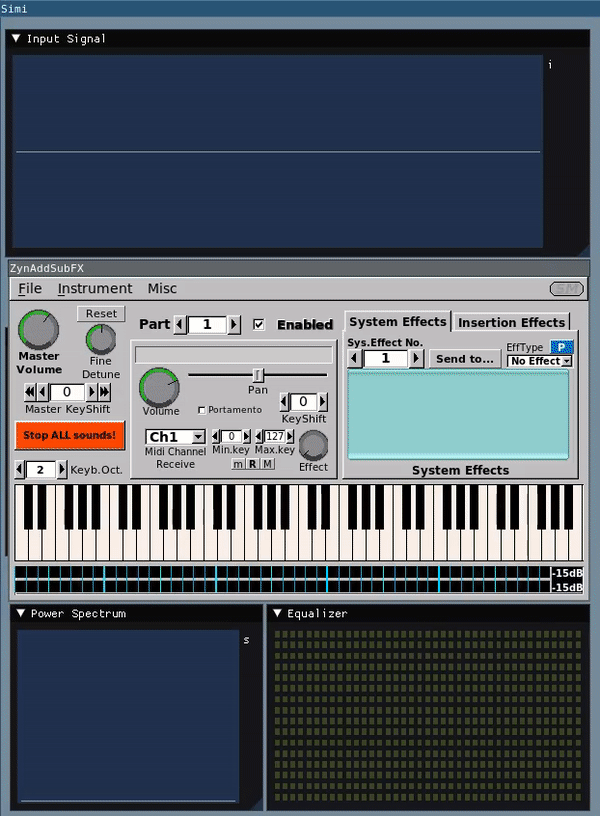I recently quit my job at Butterfly Network and am now spending some time writing code I am excited for, covering topics I want to learn more about. It is an incredible feeling to start with a blank source-code file. It can also be somewhat intimidating - many decisions must be made. But in my case it was quite liberating as I did not care about technical debt or making the perfect decision. I am just tinkering.

Combining my interest in signal processing, music and always wanting to try out the Dear ImGui graphical user interface library for C++ I set out with a simple idea: grab real-time audio from a microphone or some other input and showing some signal information like the power spectrum in real time. Nothing particularly useful other than allowing me to learn a bunch of new stuff.
It all starts with grabbing the audio signal using the PortAudio library with its
very simple API for recording and/or playing sound using a simple callback function or a blocking read/write interface.
PortAudio uses some simple concepts to describe the data it captures:
- sample: a value at a point in time from the continuous audio signal (this is of course a very generic concept)
- frame: a frame is a set of samples that occur simultaneously; for a stereo stream, a frame is two samples
- frames per buffer: the number of frames passed to the stream callback function, or the preferred block granularity for a blocking read/write stream.
Choosing buffer sizes is an interesting exercise in trading off latency and discontinuations that I have not investigated yet.
I created a simple data structure with a list of empty buffers and a list
of populated buffers and some way to consume, produce and return empty
buffers. The lovely scoped_lock
protects the data structure from concurrent modifications.
Each buffer has a window function applied to it. Then my good old friend the FFTW3 library is used to compute a 32-bit real-to-complex Fourier transform and we compute the magnitude in dB with:
The final step is to plot the the signal and the power-spectrum. The power spectrum can be quantized and plotted in an aesthetically pleasing way. And here is the result:

All the code can be found on GitHub: https://github.com/sschaetz/simiolus/